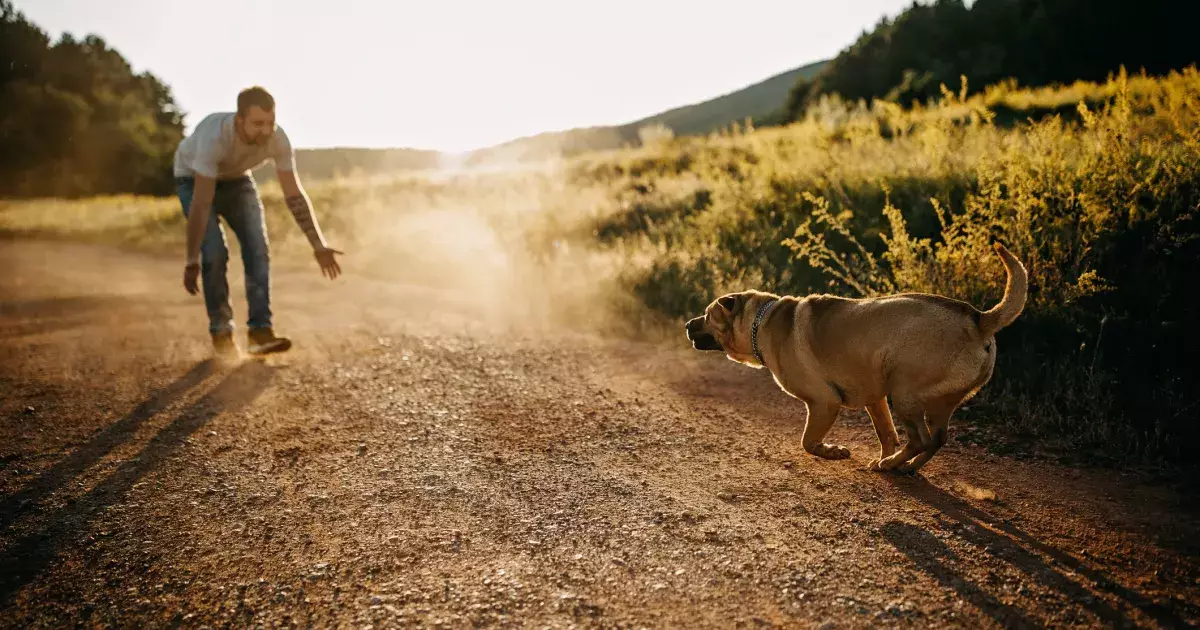Training your dog to come when called is a critical component of responsible pet ownership. A solid recall can prevent a myriad of potential issues, ranging from embarrassing situations at the dog park to safety concerns when your furry friend is off-leash. This article offers insights and techniques on how to successfully teach your dog the valuable “come” command.
A reliable recall serves multiple purposes. Firstly, it creates a safer environment, allowing your dog to explore off-leash without significant worries about their safety or the safety of others. Secondly, it ensures smoother interactions in public spaces, reducing stress for both you and your pet. When your dog knows they can return to you on command, outings become more enjoyable and less chaotic.
Begin your training in a controlled environment, such as your home or a fenced backyard. The local park with a plethora of enticing smells and other dogs can be overwhelming for a beginner. Absence of distractions allows your dog to focus on learning. Initially, if your dog seems overly attached, ask a friend to hold them while you take a few steps away.
Armed with a treat, ground your approach in positive reinforcement. Squat down, open your arms, and in a cheerful voice, call out “come!” Use the treat to coax them toward you. Praise them lavishly as soon as they take steps in your direction. This process builds a foundation of trust and excitement associated with the command.
If your dog takes a break from the pursuit or becomes distracted, refrain from scolding them. Instead, simply pause your praise until they are back on track. If your dog doesn’t seem to understand, try jogging backward or clapping your hands as an invitation for them to join the “game.”
Once your dog has grasped the basics of the recall, it’s time to add a layer of complexity. You can sharpen your tone to encourage urgency but remain light and positive with your praise. If they respond correctly, reward them with a treat, but initially holding off on the treat until they actually arrive can instill the lesson that promptness brings greater rewards.
When it comes to training, the mistakes that owners frequently make hinder the learning process significantly. One major error is creating associations that foster reluctance in the dog to respond. For instance, if a dog learns that “come” precedes unfavorable outcomes—like leaving the park or taking a bath—they will learn to associate the command with dread.
To foster a more productive training environment, avoid reprimanding your dog for not coming immediately or returning to you with a frustrated demeanor. The way you communicate matters immensely; maintaining a cheerful tone increases the likelihood of response from your pet.
As your dog becomes comfortable with the recall command, you can introduce various challenges incrementally. After practicing indoors, consider moving to a leashed outdoor setting, then try using a long line to introduce a hint of freedom. Gradually introduce some distractions, such as a friend throwing a ball or another dog nearby.
If your dog shows signs of losing focus during these challenges, simplify the scenario. For instance, decrease the distance between you, or remove distractions momentarily, setting your canine partner up for success rather than failure.
Once your dog demonstrates consistency in their recall, you can venture to more distracting environments like a dog park. Start by keeping your dog on a leash as you run through a few recall exercises, rewarding their correct responses. Praise is a powerful tool and serves to reinforce their positive behavior.
Once your dog reliably comes when called in this stimulating environment, you may consider letting them off-leash. However, continue to call them back periodically for treats and encouragement, ensuring they remain engaged with you amidst the excitement of their play.
Ultimately, teaching your dog to come when called is not merely about obedience; it’s about nurturing a bond built on trust and joy. The investment in time and patience yields a valuable skill that helps keep both you and your pet safe, and it enhances your shared experiences. Adapting your approach as they evolve will ensure that the recall command transforms from simple obedience to a joyful reunion—one your dog looks forward to every time!


Leave a Reply